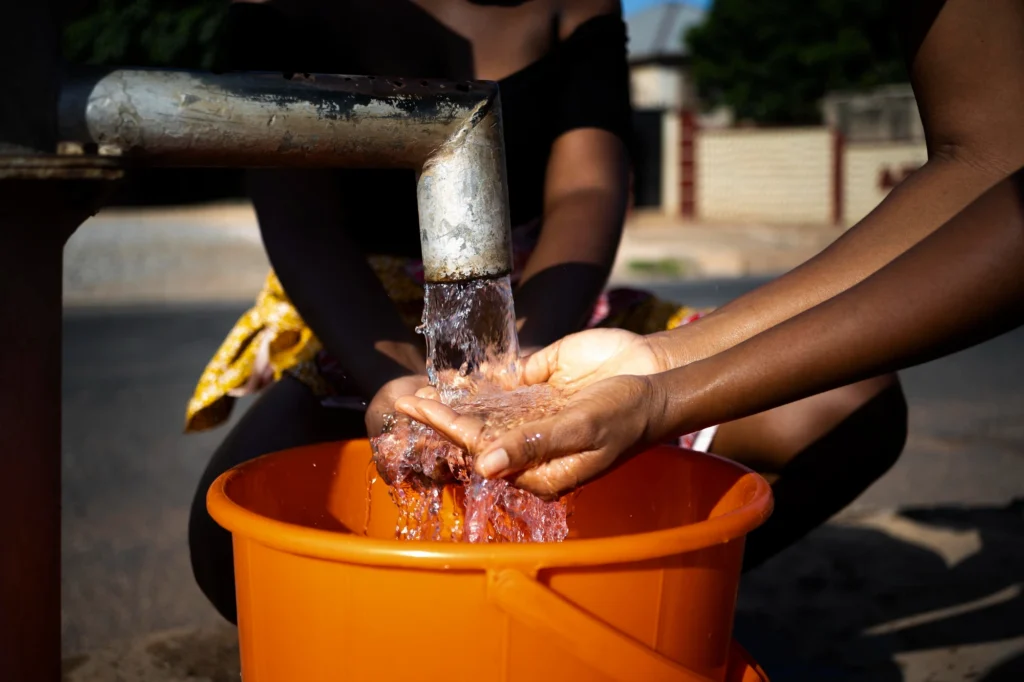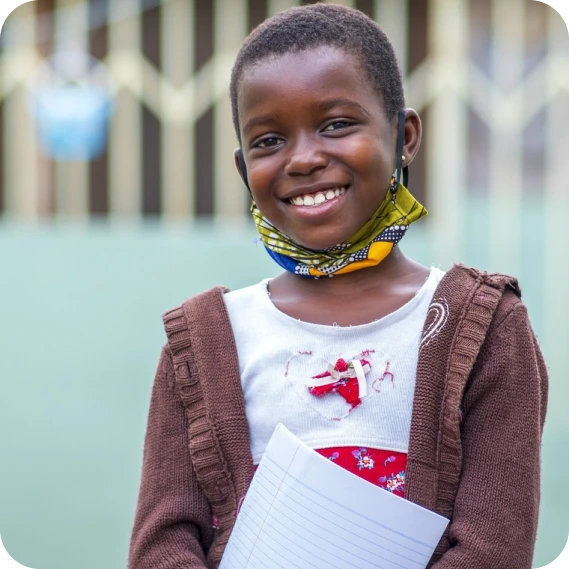
In the heart of Kiengu village, before the borehole came, the rhythm of life was shaped by one thing: water. Or rather, the lack of it.
Every day, women rose before dawn to begin the long walk to the nearest water source. Children carried jerry cans that were often bigger than their bodies. They walked for miles under the hot sun, only to reach a shallow, muddy pit that barely offered enough water for drinking — let alone cooking, cleaning, or bathing.
This scarcity wasn’t just inconvenient. It was dangerous.
Waterborne diseases were common. Stomach aches were accepted as normal. Children missed school because their mornings were spent fetching water. Women were too tired to pursue income-generating work.
Life felt dry. In every way.
Then came the well.
Through the support of generous partners and well-wishers, we drilled a deep borehole right in the heart of the village. It was a project that had been prayed for, hoped for, and even wept for.
The day water first burst from the ground, there was singing. There was dancing. There were tears.
For the first time, clean, safe water was just a few steps away. Children could fill their jerry cans and get to school on time. Mothers could boil tea and cook lunch without fear of running out.
“I used to boil every drop of water,” said Miriam, a mother of four. “Even then, I wasn’t sure it was safe. Now, I can finally relax. My children are not sick anymore. I can bathe them daily. I can breathe.”
The ripple effects are still unfolding. Health is improving. School attendance has increased. And the community has begun planting gardens nearby — because with water, even dreams grow.
This isn’t just a well. It’s a well of hope.
And you helped dig it.
There are more villages where the ground is dry but the hope runs deep.
Join us in bringing water to the waiting.
